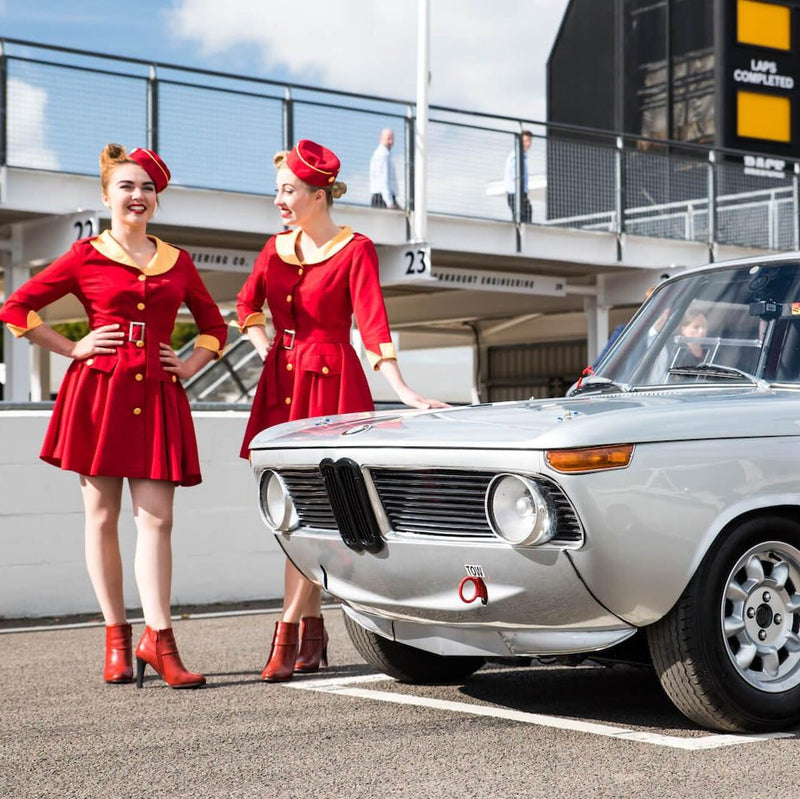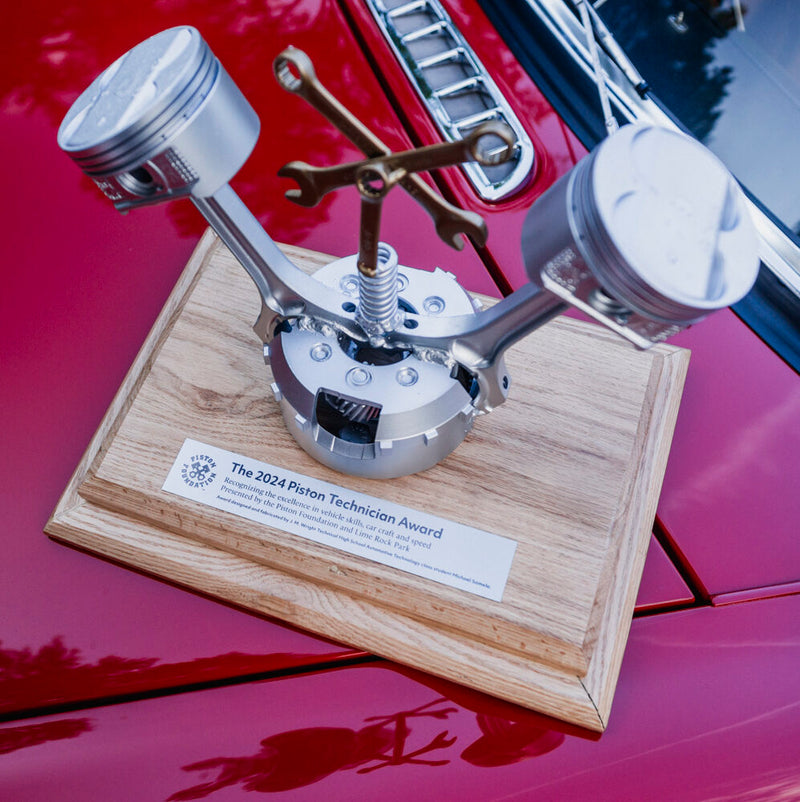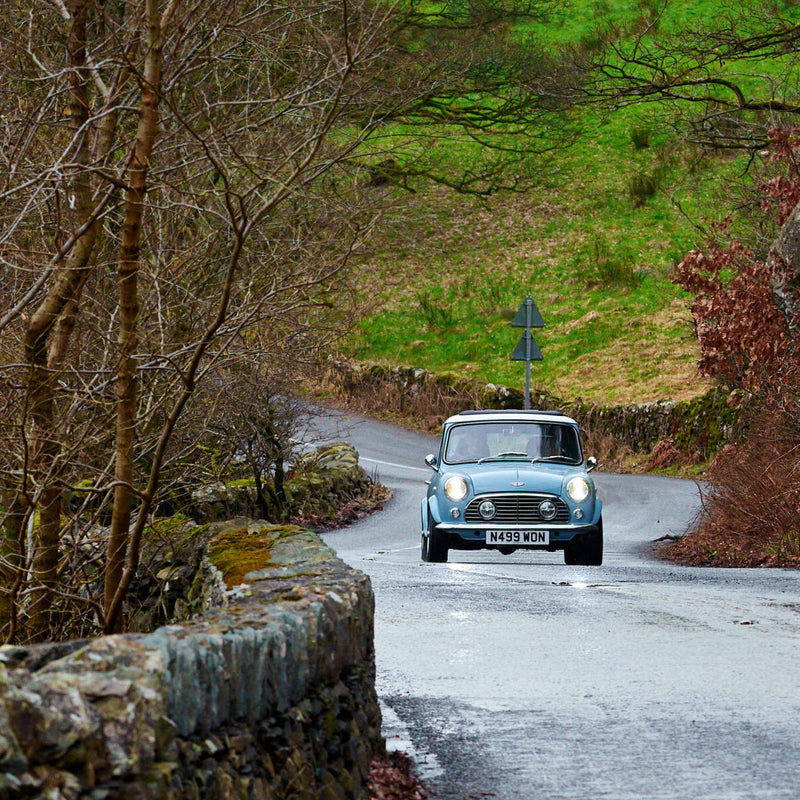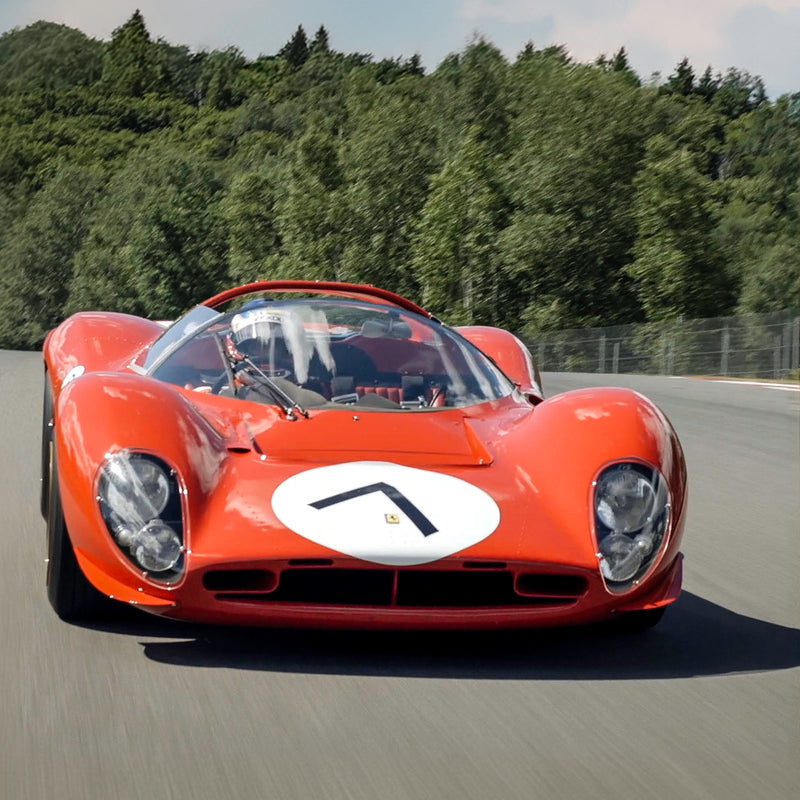Looking at the cars now participating in the Masters Historic series’ newest championship, Endurance Legends, it doesn’t seem that long ago that we were touting them as the pinnacle of modern racing. Cars like the Audi R8, the Oreca Vipers, they just don’t seem like nearly 20-year-old cars do they? Although it could be debated whether some of the cars included here are old enough to be considered historic in the typical sense, for others there is no doubt that they have matured into modern classics. It’s an interesting thought; at some point hybrid LMP1 machines like the Porsche 919 will be decades old, but can we apply the same ideas and labels to them as we do 917s?






Given a sneak peek at what is to come in the 2018 season, spectators at the 2017 Spa Six Hours were treated to the inaugural race featuring a mixed grid of 24 sports cars from 2000 to 2011. Although seeing the advanced CAD-designed aero of recent prototypes at a “historic” meeting was initially an unusual pill to swallow, it didn’t seem like these cars are going to be forgotten in that grey area of too new to be classic but too old to cutting edge. As they sat beside wingless historic single-seaters and 1970s saloons in the Belgian circuit’s pit lane, their popularity was manifested as flocks of spectators surrounded them, some of the most memorable cars from our relatively recent sports car racing history.




As they descended towards Eau Rouge for the first time, their engines mixing into a glorious symphony of that rung out through the valley, it really did call up some nostalgia that I wasn’t sure had matured in me yet for this lot. The impact of seeing and hearing these cars continuing to race at the hands of some of the best meant that all questions regarding the classic-or-not status of these cars were quickly forgotten; it just didn’t seem to matter what you called them if they could sound and move like this.






Some of the group included the headliners of the new series—LMP cars ranging from the 2011 Peugeot 908 turbo diesel piloted by ex-factory driver Nicolas Minassian, an Audi R8, the Gulf liveried Lola-Aston Martins, and a Pescarolo 01, a car that took third place at Le Mans in 2007.
Making up the GT class were more iconic cars from recent history including a collection of Porsche 911s, early Aston Martin Vantages (evolutions of these early Vantages had only just retired at the end of 2017), Ferraris, and an Oreca Dodge-Chrysler Viper GTS-R—the last being a true cult classic for the Playstation generation alongside the Compuware Corvettes. Their vibrant liveries were as eye-catching as ever, and seeing them on the circuit for a full 40 minutes brought back a flood of memories that had lain dormant for longer than I’d noticed.










With a full season ahead this year and an opportunity to show off in front of what is sure to be a jam packed French Grand Prix, I’m looking forward to seeing these cars introduced to a new fan base in the historic racing scene, and with it, the potential to attract another generation of racing fans to the circuits in general. With the season kicking off with testing in March and followed by races at Imola, Brands Hatch, Silverstone, Nurburgring, Spa, and Dijon, along with supporting the French Grand Prix at Paul Ricard, get the dates in your diary, these cars are not to be missed.
























































